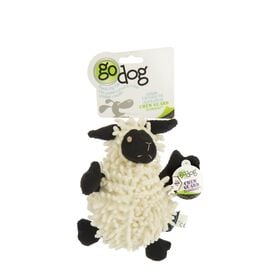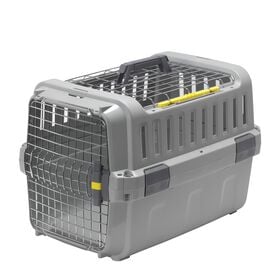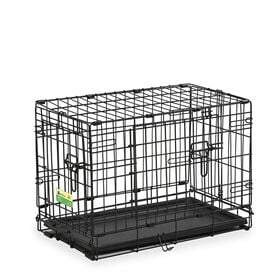Bringing a new furry companion into your home is an exciting adventure, filled with joy—but also some adjustments! A second pet changes the daily routine for both the humans in the household and the animal already in place. To ensure a smooth transition, it’s important to think things through.
Not all dogs and cats enjoy sharing their space. Plus, a new addition requires time, attention, and additional expenses. To maintain harmony at home, this decision should be carefully considered and should suit the entire family, including your current pet.
Here are some helpful tips to prepare for this new chapter.
Choosing the right companion

If adoption is a well-thought-out decision, the next step is finding the right companion for your home.
- Age and temperament: Puppies and kittens are full of energy and require training, while adult pets tend to be calmer and may already be socialized.
- Your first pet’s personality: Is your pet playful or more independent? Would they prefer an active companion or a quiet one? Their well-being should be the priority.
- Compatibility: If adopting from a shelter, don’t hesitate to ask for advice. The staff know their animals well and can help you find the right match.
Good to know: Choosing a pet with a similar age or temperament often makes the transition smoother.
Where to adopt?
Animal shelters and adoption organizations are full of pets waiting for a second chance. In addition to welcoming a pet in need, you also benefit from expert guidance and post-adoption support. Most shelter animals are already vaccinated, spayed or neutered, and in good health, making their transition into a new home easier.
Helping your first pet adjust
A new pet inevitably changes the household dynamic. To ensure a smooth transition, it’s essential to make sure your first pet doesn’t feel left out.
- Maintain their routine: Stick to the same feeding, walking, and play schedules to avoid too many disruptions.
- Give them one-on-one time: Spend quality time alone with them so they don’t see the new pet as a threat to their relationship with you.
- Monitor their behavior: A loss of appetite, mood changes, or withdrawal may indicate distress. These reactions are often temporary, but keeping an eye on them is important.
A successful adjustment requires patience and an understanding of each pet’s needs.
The first meeting: a key moment

A well-prepared introduction sets the stage for a positive relationship.
For dogs: A neutral space, like a park, is ideal. Start with a parallel walk on a leash before allowing them to interact gradually.
For cats: Take it slow. Exchange their scents by placing blankets or toys in each other's space before allowing visual contact.
Watch for stress signals: Growling, excessive meowing, tense posture, or avoiding eye contact may indicate discomfort. Take your time and go at their pace.
Building a harmonious cohabitation
Once the introduction is done, a few adjustments can help maintain balance:
- Separate spaces: Each pet should have their own sleeping area, food bowls, and litter box to prevent competition.
- One-on-one time: Ensure each pet gets individual attention to avoid feelings of neglect.
- Shared activities: Encourage positive interactions through games and walks while respecting their boundaries.
Pratical tip: Reinforce positive interactions with treats, praise, or affection to encourage a smooth relationship.
Common mistakes to avoid
Even with good intentions, certain mistakes can make the transition more difficult:
- Rushing interactions: Each pet adapts at their own pace. If one shows discomfort, slow down and give them more time. Avoid forcing them to interact right away.
- Ignoring warning signs: A dog turning away or growling, a cat hissing or hiding—these are signs that they need space. Respect their boundaries.
- Drastically changing your first pet’s routine: Too many changes at once can cause stress. Keep familiar habits to help them adjust.
- Not having a backup plan: If cohabitation remains difficult despite all efforts, consult a pet behavior specialist to prevent ongoing tension.
Also read : Adopting a pet? Ask yourself these 5 vital questions first
A rewarding experience for everyone

Bringing home a second pet creates a new dynamic, whether it’s to give your current pet a companion or simply to welcome a new furry friend into your life. With patience and the right preparation, this new adventure can be a fulfilling experience full of discoveries and joyful moments.
Each pet adapts at their own pace, but by respecting their needs and providing a safe environment, you set the foundation for a strong and lasting bond. Whether you live alone or with family, adding another pet brings more love and happiness into everyday life.











